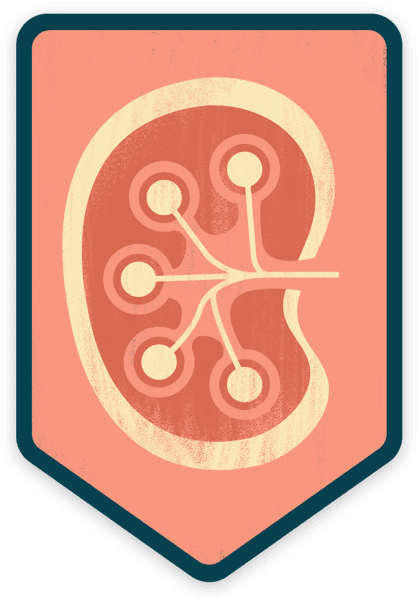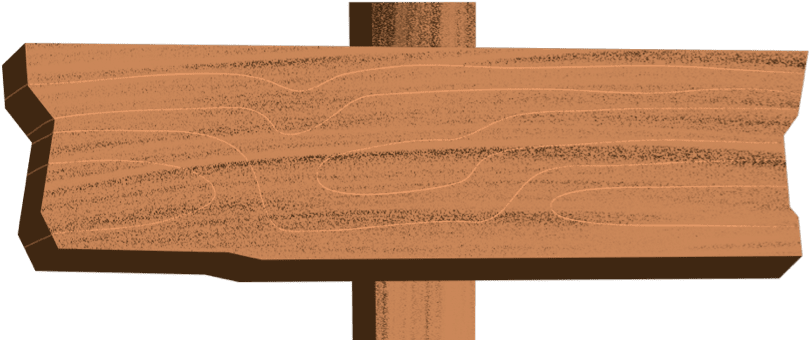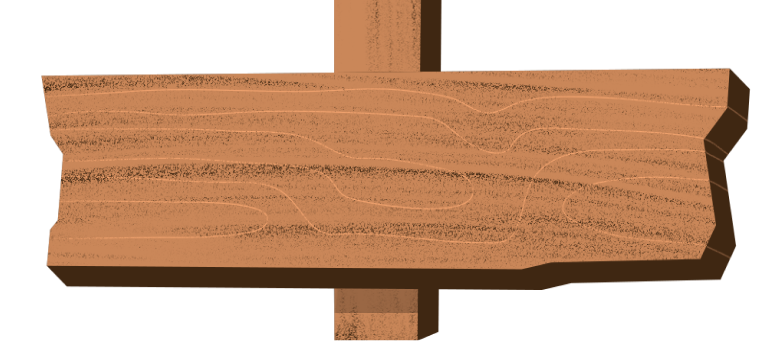69
226
105
110
Proteinuria is nephrotoxic.5-7
377
Lowering proteinuria may lower the risk of your disease progressing (getting worse).8
How does IgAN affect the kidneys?

1
For those with IgA nephropathy, a specific antibody—immunoglobulin A (IgA)—is made incorrectly by the body and circulates in the blood.9
385




2
Other antibodies are attracted to this misshapen IgA and stick to it, together attracting immune molecules to the kidneys.9


3
Once these groups of antibodies build up in the kidneys, several harmful events take place. Two molecules in particular, endothelin-1 (ET-1) and angiotensin II (Ang II), can worsen damage to the kidneys’ filters, gradually decreasing kidney function and possibly leading to kidney failure.10-13

Everyone has ET-1 and Ang II in their bodies. But in people with IgA nephropathy, these molecules are more active and promote several destructive processes in the kidneys, such as:
- Inflammation
- Tissue scarring
- Multiplication of—or damage to—important cells
- Changes in blood pressure and blood flow


4
The damage done to the kidneys’ filters results in increased proteinuria levels.14,15 Proteinuria then further increases levels of ET-1 and Ang II in the body, creating a harmful cycle.16-18
224
Proteinuria can be both a sign of current kidney damage and a cause of future damage.5-7, 14,15
Explore a treatment option that blocks both ET-1 and Ang II.

Who is affected?
IgA nephropathy is a rare kidney disease that is19:
- Most commonly found in Caucasians and people with ancestry from East Asia, including people from China, Japan, Korea, and Singapore. It can also be found in people with Hispanic heritage9,19
- 2x more likely to develop in men than women (in North America and Europe)20
- Known to occur at any age, but tends to appear between one’s teens and late 30s20

87
Hematuria (blood in your urine) that can make it appear dark brown or cola colored1
If you see blood in your urine, reach out to your doctor immediately as this could be a sign of kidney inflammation.8
High cholesterol14
Unusual tiredness20
94
95362
Partner with your doctor
Use this guide to help you have proactive conversations with your doctor and monitor your kidney health, together.


60

References
1. Mayo Clinic. IgA nephropathy (Berger’s disease). Accessed August 2023. https://www.mayoclinic.org/diseases-conditions/iga-nephropathy/symptoms-causes/syc-20352268. 2. University of Pittsburgh Medical Center. Chronic kidney disease. Accessed August 2023. https://www.wmhs.com/upmc-western-maryland-




